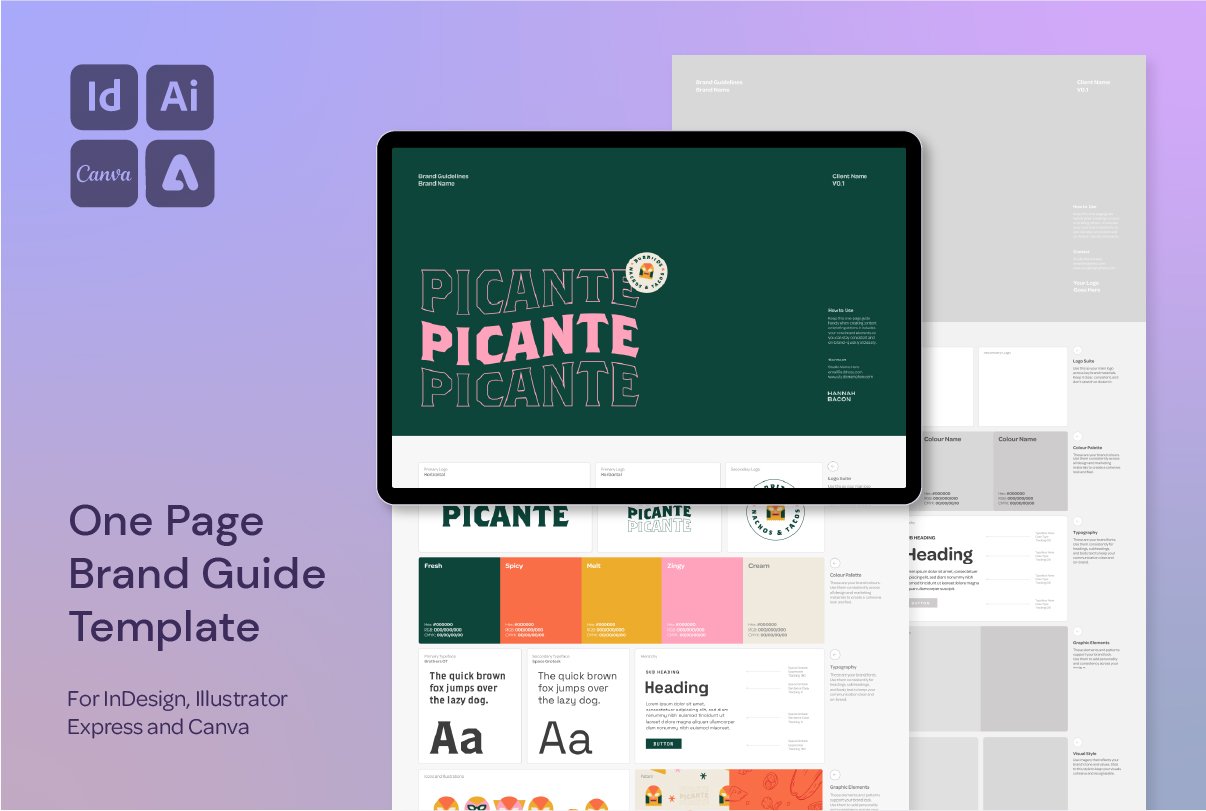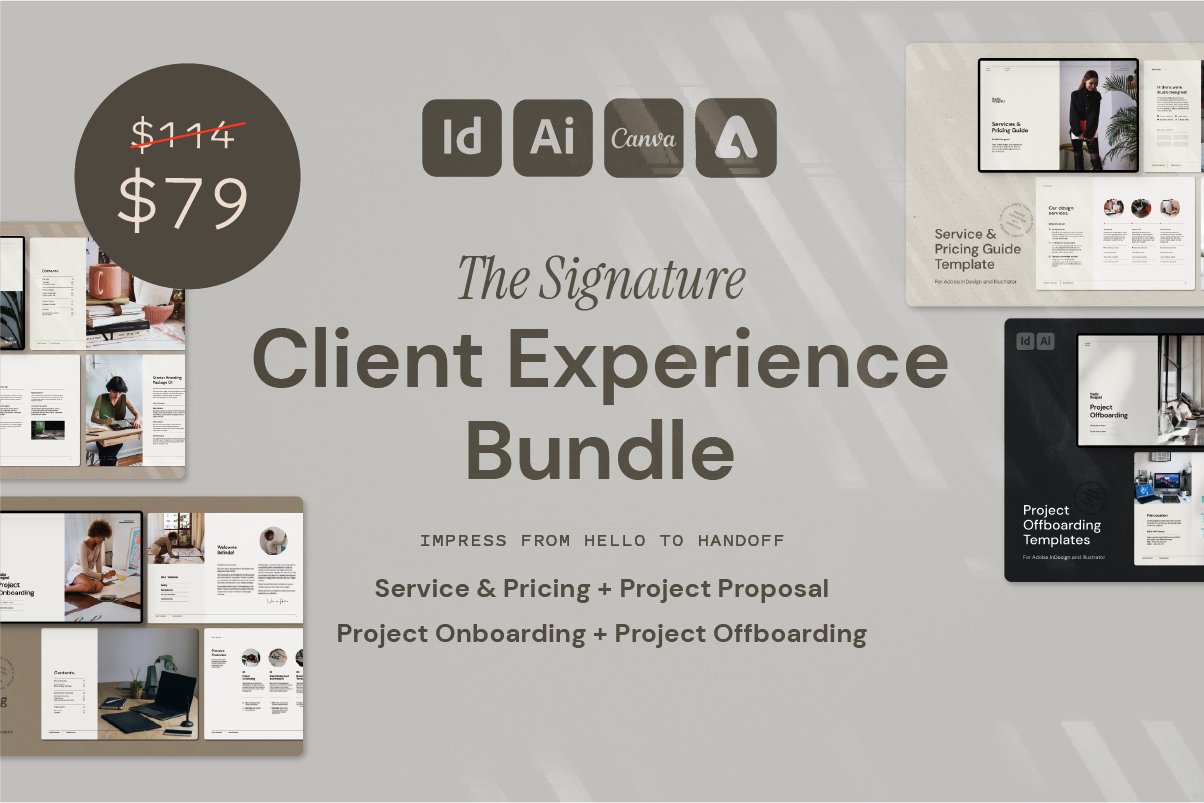Easy Isometric Illustration in Adobe Illustrator (Step-by-Step Guide)
Easy Isometric Illustration in Adobe Illustrator (Step-by-Step Guide)
Creating isometric illustrations in Adobe Illustrator doesn’t have to be complicated. Whether you're working on packaging visuals, digital assets, or stylised icons, isometric shapes add depth and dimension to your work—and with the right technique, they’re surprisingly easy to create.
Here’s a quick, step-by-step guide to building clean isometric shapes using grids, transform tools, and Illustrator actions.
You can check out this video (and lots more!) over on my Instagram Page @hannah.bacon.design
Let’s Get Started
Step 1: Create an Isometric Grid
Start by building your base guide system:
Copy your base layer (a simple horizontal line or shape)
Rotate it 60°
Copy again and rotate it –60°
Turn these lines into guides (View → Guides → Make Guides)
This creates a clean isometric grid, making it easy to draw 3D shapes with precision.
Step 2: Adjust Your Base Shape
For more complex angles and proportions:
Select your base shape
Scale it horizontally by 82% and vertically by 70.5%
Shear it by –30°
Rotate it by –30°
Now you’ve got a dynamic isometric base that’s ready for further construction.
Step 3: Build the Shape
Duplicate the transformed base shape
Draw connecting lines between the two shapes
Use the Shape Builder Tool to join everything together cleanly
This creates a full, three-dimensional isometric form ready for styling or duplication.
Step 4: Automate with Actions
To save time and repeat this process easily:
Record each transformation step using Illustrator's Actions panel
Name each one based on its final orientation (e.g. “Isometric Left”, “Isometric Right”)
Next time, just click play depending on the direction you want the shape to face
This makes isometric building blocks quick to replicate—and ideal for designers working on systems, infographics, or large layouts.
Want More Time-Saving Tools and Freebies?
This process is just one of the techniques I share across my design templates and digital assets, made especially for designers who want professional results—without starting from scratch every time.



